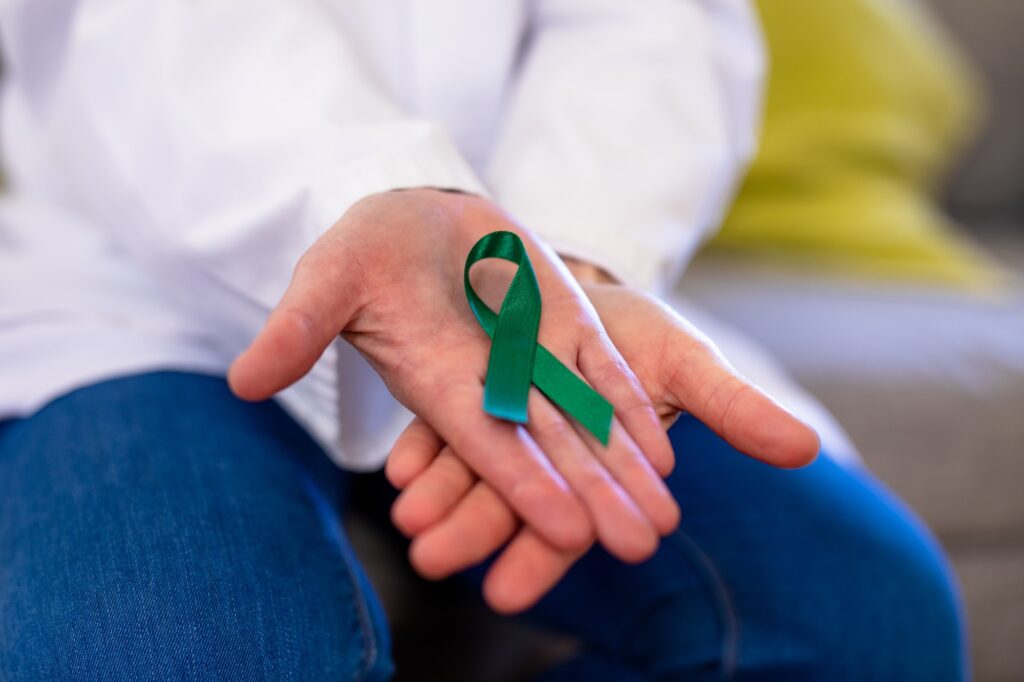Mental Health Parity
I am sure that you have heard the adage, “Finding a needle in a haystack.” This old expression can be easily applied to those struggling with mental health challenges. In this example the ‘needle’ refers to a person who needs assistance, with the implication of them being an ‘outlier’ or someone out of the ordinary. The haystack can refer to the difficulty of finding them and locating solutions. Mental health is then seen as not being connected to everyone, but as a label given to those who suffer from illness. This has served as a contributing factor for a lack of parity.
It is important to look back to the legislation passed which for the first time supported mental health parity. For example, it was the Paul Wellstone (D-MN) and Pete Domenici (R-NM) Mental Health Parity and Addiction Equity Act of 2008 (MHPAEA) which became federal law preventing group health plans and health insurance issuers, providing mental health or substance use disorder (MH/SUD) benefits from imposing inequitable health benefits as compared to physical health.

The Human Condition
When we break down the human condition develops a foundational understanding of how humans are uniquely different and yet the same. There are over 7.5 billion people living in our world today. We know that this large group of individuals who live different lifestyles, have different opinions, follow cultural norms or rules depending where they live. But there are things which remain a ‘truth’ for all individuals around our world. It is simply put that; we are all born into the world; grow in this world and subsequently we all die and leave this world.
What is meant by phrase the human condition? A recent article in Practical Psychology highlights this concept extremely well. They define the concept of the human condition as:
the shared experiences, emotions, and challenges that are common to all human beings, regardless of culture, race, or background. It encompasses both the positive and negative aspects of human existence, including joy, love, and fulfillment, as well as suffering, pain, and mortality.
Getting back to the expression of ‘finding a needle in a haystack’, when we now connect it with the human condition, it more appropriately and accurately revised to ‘Finding a Needle Among a Stack of Needles.’ The ‘hay’ now becomes more connected to the life circumstances of individuals. Another way to apply this updated framework would be that our health (physical, emotional, psychological, behavioral) and overall well-being for everyone falls within a ‘bell-shaped’ curve or on a continuum of possibilities.

Mental Health Beyond Diagnosis
The focus for many has been that mental health is only applied to illness and further that being healthy is the absence of diagnoses. Let’s take a moment and apply this same framework to our physical health. It would not be appropriate to claim that our physical health is only connected to an absence of medical illness. The question then becomes, ‘Why do we only view mental health from deficit-based viewpoint?’ This may be one of the foundational reasons for continued stigma attached to mental health and lack of full parity, including reinforcing an ‘us versus them’ mentality.
When it comes to our physical wellbeing there is a focus of building strengths or ultimately reinforcing preventive care. However, we have long known that our minds and bodies are strongly connected or more appropriately interconnected to each other. So, why would we disconnect mind and body creating ‘siloed’ health? Preventive and whole-person care is therefore stifled because of this isolation. The results then become to only focus on treatment of illness rather than wellness.
Health and wellbeing must include a whole person care approach—not just separate organs or body systems but must instead include multiple factors which lead either to health or disease. The whole-person approach empowers individuals, families, communities, and populations with the goal of improving health in multiple interconnected factors such as biological, behavioral, social, emotional, and environmental. Instead of treating an illness or disease, whole person care maintains focus on restoring-maintaining health, promoting resilience, and preventing diseases across a lifespan.
Redefining ‘Needles’ Using TCOM
Transformational Collaborative Outcomes Management or TCOM is a framework for which parity for everyone can be achieved. TCOM’s focus is on sustainability for redesigning our human-serving systems, managing systems, agencies/organizations, and service-delivery where the mission is on helping people improve their lives within the context of life domains: home, school/work, and community.

By keeping the focus on those we serve (the needles) we can make decisions which are informed by a deeper understanding of both needs and strengths. This contextual knowledge of both individual differences (the needles), and circumstances (the haystack) will not only increase positive outcomes but will serve as the conduit for establishing sustainable parity.
At Opeeka our mission is to support health equity for all, focusing on whole person-centered care collaborations. Our Person-Centered Intelligence Solutions or P-CIS, actively supports work efficiencies, eliminates paper-work redundancies, and reinforces ‘care-team’ collaborations. The workforce of ‘helpers’ are the front-line to quality-of-care delivery and they are integral to the success of those we serve.
Contact Opeeka TODAY and learn how P-CIS can support your work in maintaining the highest standard and quality of care for those you are serving!
FAQs
Mental Health Parity refers to the concept of treating mental health and substance use disorder benefits at the same level as physical health benefits. The Paul Wellstone (D-MN) and Pete Domenici (R-NM) Mental Health Parity and Addiction Equity Act of 2008 (MHPAEA) became federal law to prevent group health plans and health insurance issuers from imposing inequitable health benefits as compared to physical health.
The human condition is the shared experiences, emotions, and challenges that are common to all human beings, regardless of culture, race, or background. It encompasses both the positive and negative aspects of human existence, including joy, love, and fulfillment, as well as suffering, pain, and mortality.
Mental health is often viewed from a deficit-based viewpoint because the focus has been on illness and the absence of diagnoses, leading to a lack of parity and continued stigma attached to mental health.
Transformational Collaborative Outcomes Management (TCOM) is a framework for achieving parity for everyone by focusing on sustainability for redesigning human-serving systems, managing systems, agencies/organizations, and service-delivery to help people improve their lives within the context of life domains: home, school/work, and community.
Person-Centered Intelligence Solutions (P-CIS) is a system developed by Opeeka that supports whole person-centered care collaborations by actively supporting work efficiencies, eliminating paperwork redundancies, and reinforcing care-team collaborations to maintain the highest standard and quality of care for those being served.
Conclusion
In conclusion, mental health parity is essential for ensuring that everyone has access to the care they need. Mental health should not be seen as a label given only to those who suffer from illness, but rather as a shared experience that is part of the human condition. To achieve parity, we need to move beyond a deficit-based view of mental health and focus on whole-person care, which includes multiple factors such as biological, behavioral, social, emotional, and environmental. TCOM offers a framework for achieving parity by focusing on sustainability and redesigning human-serving systems. By ending the stigma and keeping the focus on those we serve, we can make informed decisions that take into account individual differences and circumstances.
At Opeeka, we are committed to supporting health equity for all through our Person-Centered Intelligence Solutions, which promote work efficiencies, eliminate redundancies, and reinforce care-team collaborations. Together, we can maintain the highest standards and quality of care for those we serve.







